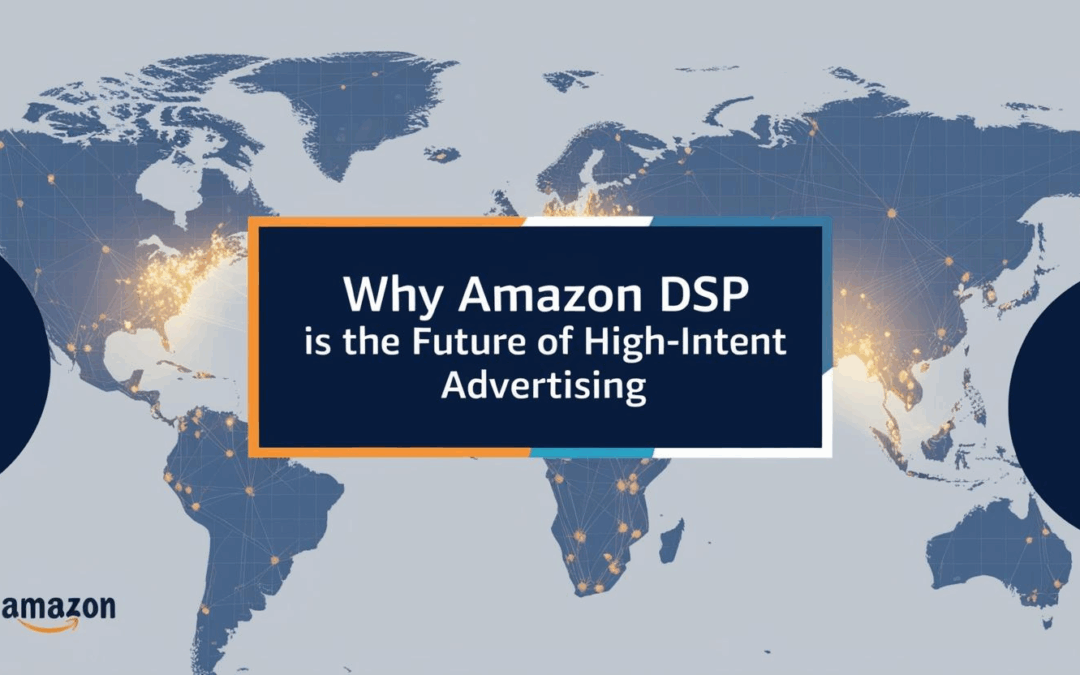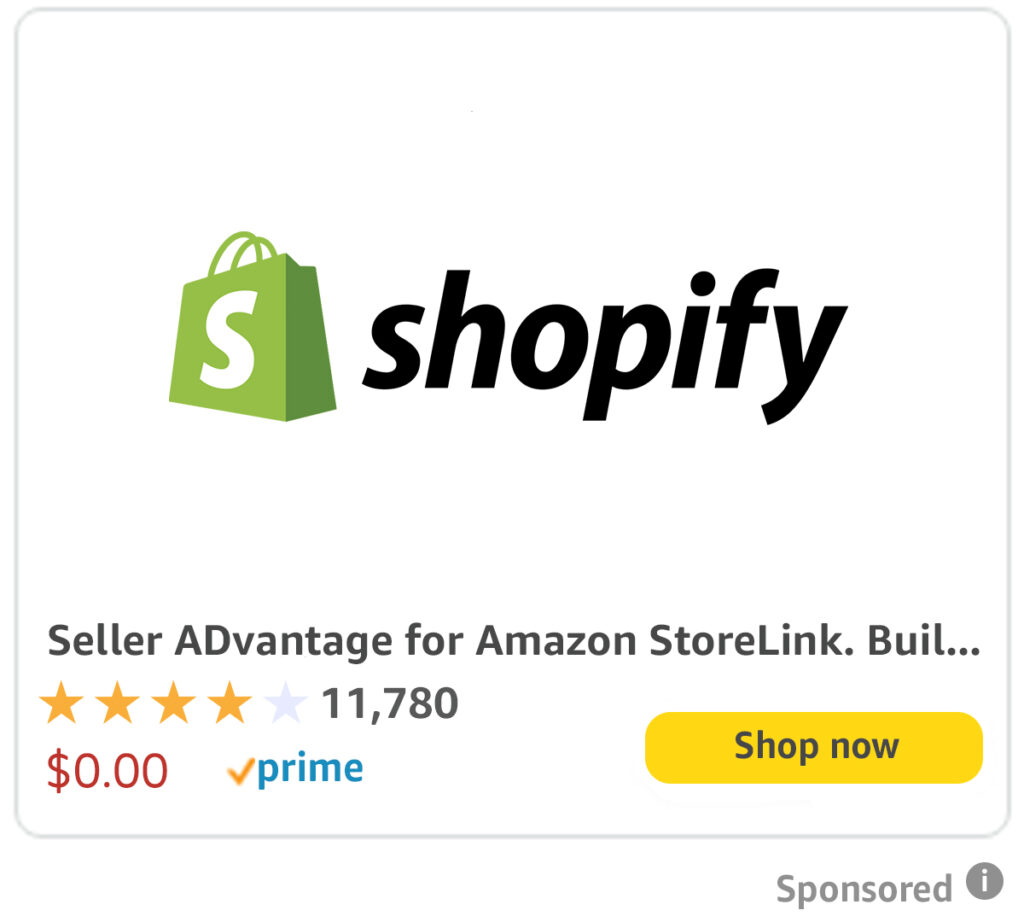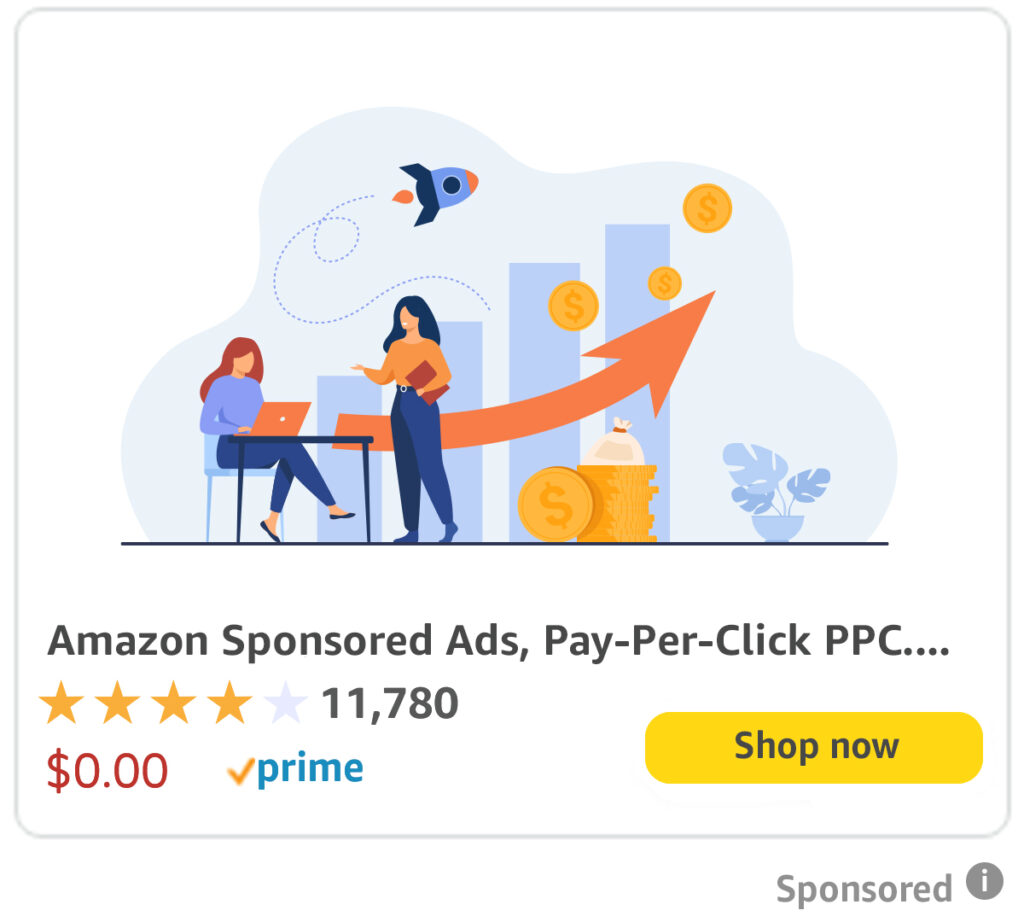Read More
Step-by-Step on SellerADvantage.co.uk
Read on LinkedIn
Read on Medium
Watch on YouTube
Why Amazon DSP is the Future of High-Intent Advertising
Amazon’s advertising landscape has evolved far beyond keyword bidding in Sponsored Products. Today, sellers who rely solely on pay-per-click tactics risk leaving huge pools of potential customers untapped. Enter Amazon Demand-Side Platform (DSP)—a programmatic solution that lets brands purchase display, video, and audio inventory both on and off Amazon while still leveraging Amazon’s unmatched first-party shopping data. For sellers already comfortable with PPC, DSP feels like a natural next step: it combines the precision of search intent with the reach of the open web, enabling you to connect with shoppers throughout the funnel instead of waiting for them to type a specific query. That full-funnel visibility is precisely why DSP is rapidly becoming the cornerstone of serious growth strategies on Amazon.
But DSP is more than just a new placement option. It fundamentally changes how you think about audiences, measurement, and creative. Whereas PPC campaigns revolve around match types and bid adjustments, DSP centers on audience segments: in-market shoppers, lifestyle clusters, and your own remarketing pools. These segments are powered by the same retail signals—add-to-carts, brand views, purchase frequency—that drive Amazon’s recommendation engine. Because DSP campaigns can follow users beyond Amazon’s walls—to IMDb, Twitch, Fire TV, and thousands of third-party sites—you’re no longer constrained to a single marketplace session. You can build sustained narratives, reinforce messaging through sequential creatives, and recapture lapsed buyers weeks after their initial visit. For sellers competing in saturated niches, that extra runway often means the difference between a one-time click and a lifetime customer.
The promise of DSP naturally raises questions. How do you translate keyword-centric metrics like ACOS into programmatic terms such as CPM and ROAS? Which audiences should you prioritize, and how should budget split between prospecting and retargeting? Most importantly, how do you ensure DSP spend complements—rather than cannibalises—your existing Sponsored Products and Sponsored Brands? The good news is that the learning curve is manageable when approached methodically. In this article, we’ll outline three high-impact actions that will help PPC-savvy Amazon sellers unlock DSP’s potential, wield its data responsibly, and future-proof their advertising mix. By the end you’ll understand not only why DSP represents the future of high-intent advertising, but also how to deploy it today without losing sight of profitability.
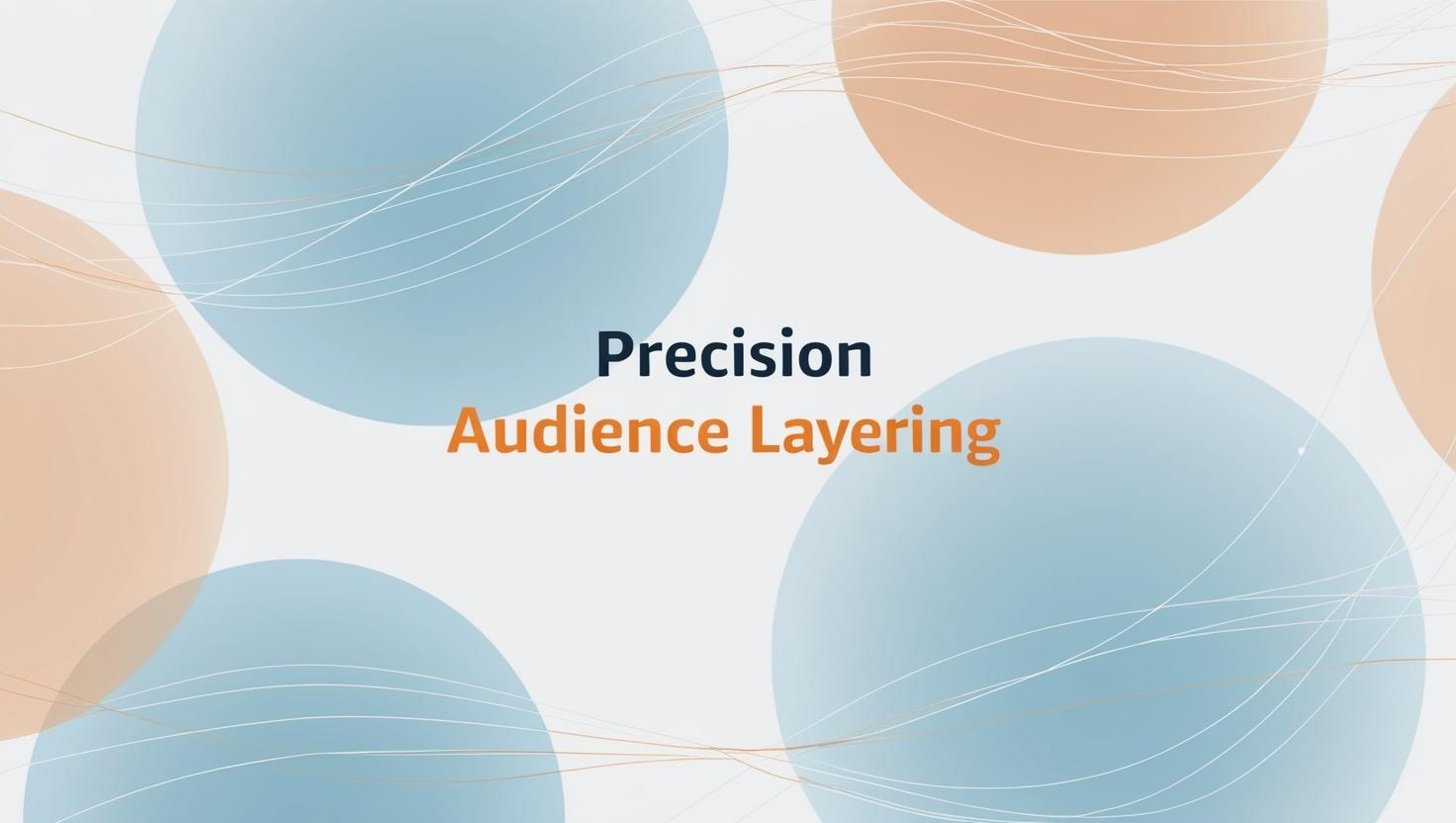
Build Precision Audiences by Layering Retail and Behavioral Signals
Traditional PPC targets the moment a user expresses intent with a search term. DSP, by contrast, lets you target the probability that a user will express intent based on prior behavior—often before they actively begin shopping. Start by segmenting audiences into three tiers. Tier 1 is remarketing: visitors who viewed your listing, added to cart, or purchased in the last 30 days. They already know your brand, so tailor creative toward closing the deal or upselling. Tier 2 is in-market: shoppers who recently browsed or purchased within your category but not your brand. These users exhibit strong commercial signals and respond well to competitive comparisons or limited-time incentives. Tier 3 comprises lifestyle and look-alike segments—shoppers whose browsing patterns align with your customer profile but who haven’t shown overt purchase intent. This tier excels at top-of-funnel discovery and brand building. Within each tier, combine demographic filters (age, household income), contextual placements (Twitch gaming streams, IMDb movie genres), and device data (Fire TV vs. mobile) to refine reach. The result is a lattice of micro-audiences that collectively drive scale while keeping waste low. Because Amazon’s first-party data underpins every layer, you maintain the intent signal that makes marketplace advertising so powerful, even when the ad appears on an external site.
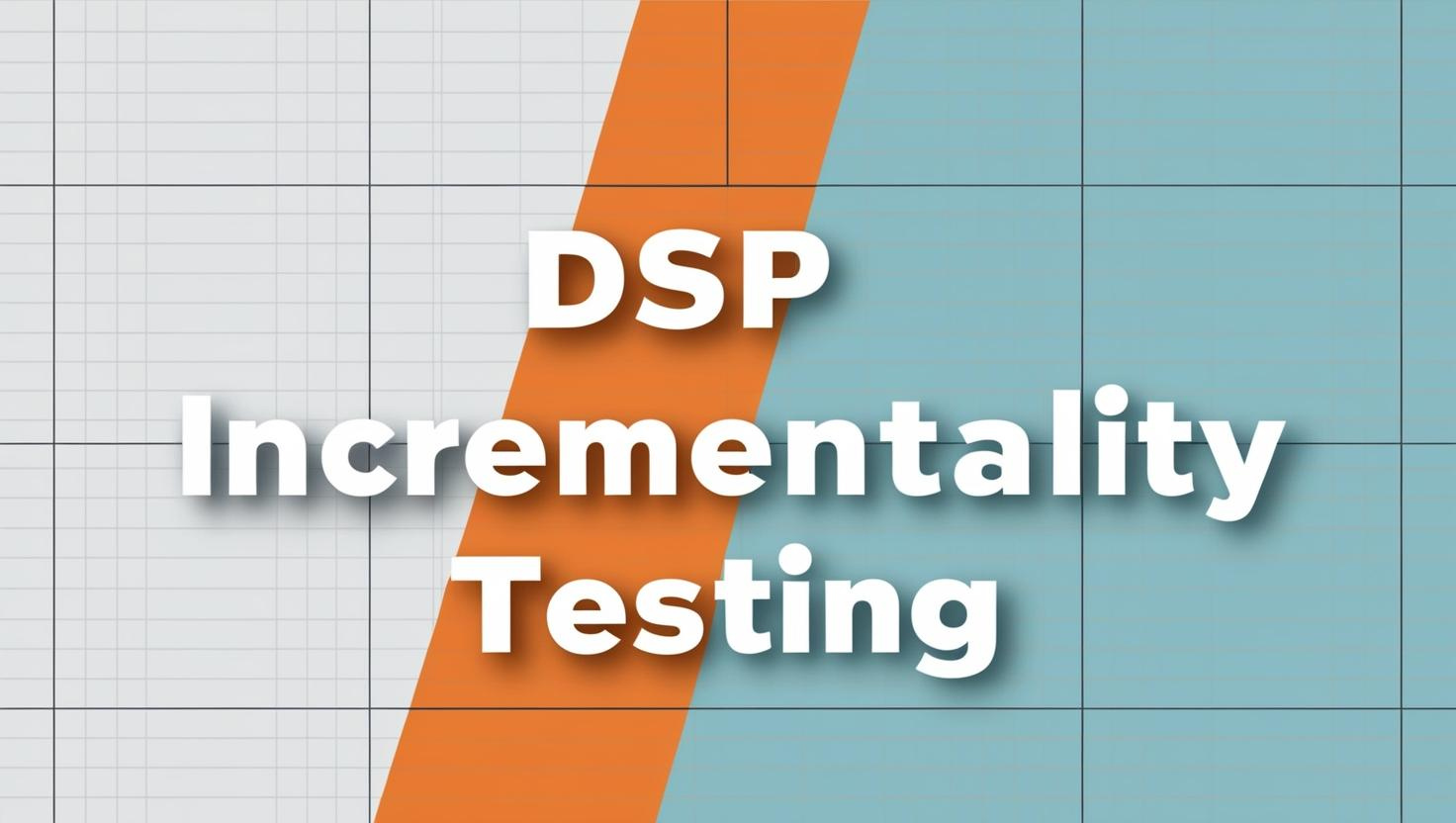
Integrate Incrementality Testing to Separate Lift from Cannibalisation
One objection PPC veterans raise is, “How do I know DSP isn’t simply stealing sales I would have captured anyway?” The answer lies in incrementality testing. Rather than judging DSP purely by last-touch ROAS, design holdout experiments that compare geographic areas, audience pools, or time periods with and without DSP exposure. Amazon Marketing Cloud (AMC) makes this process far easier: you can build SQL-like queries that trace the entire path—from first DSP impression to eventual conversion across any ad type. For example, measure how many shoppers saw a DSP ad before clicking a Sponsored Product and whether that cohort’s conversion rate exceeds your baseline. If the uplift is significant, DSP is assisting search rather than cannibalising it. When lift is negligible, shift spend to more profitable segments. To keep tests statistically robust, run them for at least two purchase cycles and control for seasonality. Finally, feed the findings back into your PPC bidding logic. If a particular DSP creative drives higher conversion rates for specific ASINs, increase your Sponsored Brands budget for those products during the next campaign flight. This closed-loop approach ensures every programmatic dollar works in harmony with your search dollars, maximising total channel efficiency instead of optimising silos in isolation.
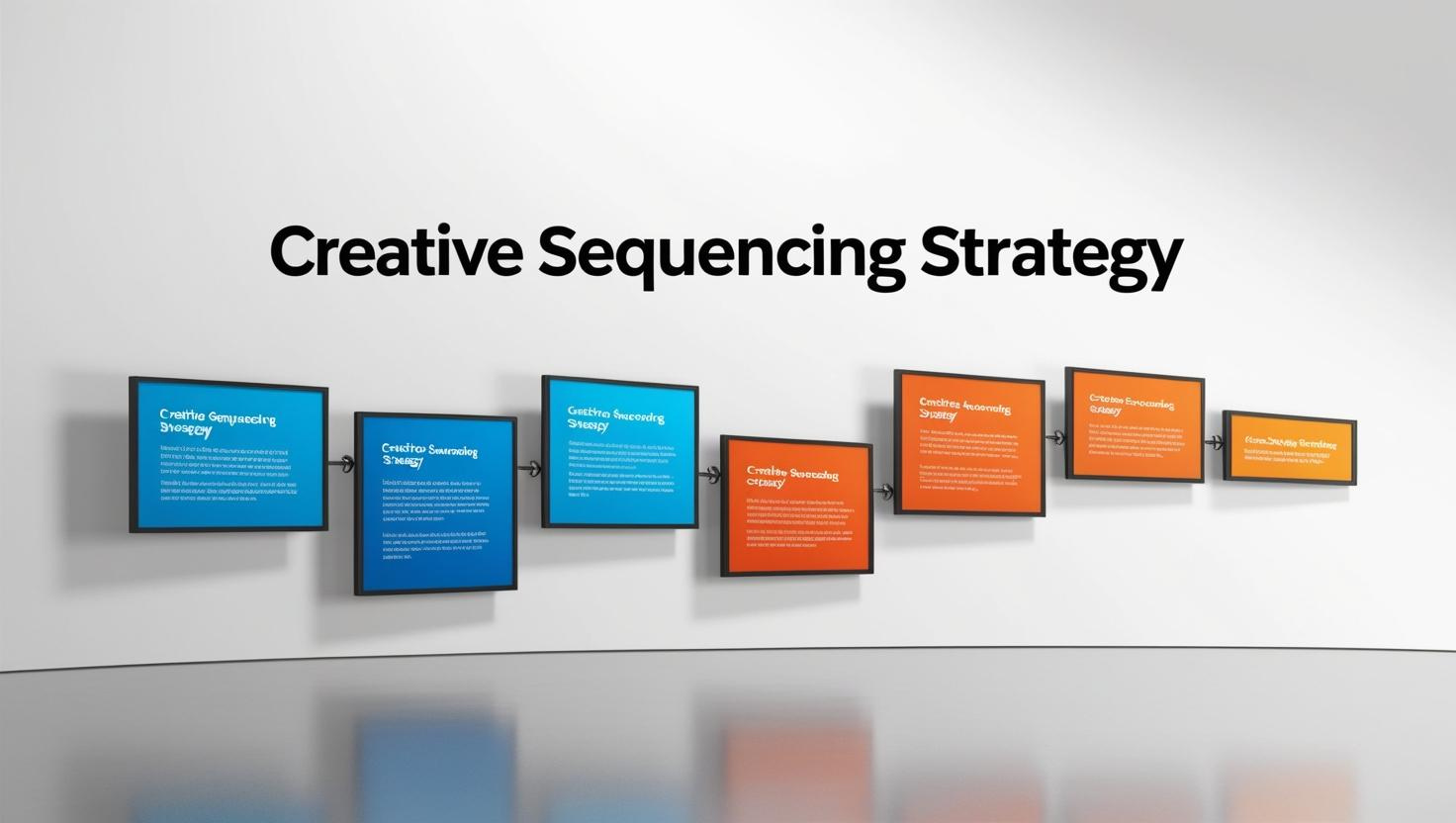
Adopt Creative Sequencing to Nurture Shoppers Across the Funnel
PPC ads are transactional by nature: a headline, a thumbnail, and a call-to-action designed for an immediate click. DSP’s canvas is broader—you have video, rich media, and audio at your disposal. Use that flexibility to build creative sequences that correspond to shopper readiness. Begin with attention-grabbing upper-funnel videos that showcase lifestyle benefits, social proof, or brand story; serve these ads to cold audiences in tier 3. As shoppers engage, transition them to mid-funnel static or carousel formats highlighting key differentiators, customer testimonials, or bundled offers—perfect for tier 2 in-market segments. Finally, deploy dynamic eCommerce ads featuring real-time pricing and star ratings to tier 1 remarketing pools, nudging them toward checkout. Sequencing works best when creative frequency and order are enforced through DSP’s “audience exclusions” and “lookback windows,” preventing repetitive messaging. Track view-through conversions alongside click-throughs: many DSP sales occur after a prospect sees an ad, ignores it, then later searches on Amazon. Because Amazon’s attribution includes 14-day view-through windows by default, you’ll capture those latent conversions automatically. Over time, analyse which sequence lengths, formats, and refresh cadences produce the highest lifetime value, then iterate. By mapping creative to funnel stage instead of blasting identical banners, you’ll reduce ad fatigue, elevate brand perception, and boost incremental sales—all while reinforcing the high-intent signals that brought shoppers into your orbit in the first place.
Amazon DSP may feel like uncharted territory for sellers whose advertising experience has been confined to Sponsored Products and Sponsored Brands, but the strategic foundations are familiar: identify intent, craft relevant messaging, and measure impact rigorously. The difference is scope. Whereas search advertising captures intent at a single, fleeting moment, DSP allows you to shape that intent days or even weeks beforehand—and then keep the conversation alive long after the first click. That temporal control is invaluable in categories with long consideration cycles, seasonal spikes, or high repeat-purchase potential. It’s also an effective hedge against rising CPCs; as more sellers flood search auctions, diversifying into impression-based buying lets you maintain profitable reach without entering bidding wars for ever-scarcer keywords.
Yet DSP is not a “set-and-forget” channel. Its power stems from Amazon’s unique dataset, but harnessing that data responsibly demands structure. Start small: allocate 10-15 percent of your existing ad budget to DSP, focusing first on remarketing and clear incrementality tests. Use AMC to validate lift, then scale gradually into prospecting audiences as confidence grows. Resist the temptation to judge performance by ACOS alone; view-through ROAS and new-to-brand metrics reveal DSP’s true additive value. Most importantly, stay agile. Creative wear-out happens faster in display than in search, and audience fatigue can creep in if frequency caps are ignored. Regularly refresh ad variations, rotate formats, and realign messaging with evolving shopper behavior. The sellers who treat DSP as a living experiment, not a fixed expense, will stay ahead of algorithmic shifts and consumer trends alike.
Looking ahead, the lines between “on-Amazon” and “off-Amazon” advertising will continue to blur. Features such as interactive Fire TV ads, audio placements on Amazon Music, and multi-channel attribution within AMC hint at a future where every impression—regardless of device or medium—feeds into a unified view of the customer journey. For high-intent advertising, that future is already here. By embracing Amazon DSP today, you position your brand at the forefront of that convergence, ready to engage shoppers wherever curiosity arises and guide them seamlessly toward purchase. In doing so, you ensure that your marketing engine remains resilient, data-driven, and fiercely competitive—dynamic qualities that every Amazon seller will need in the marketplace of tomorrow.
Any follow helps us out a lot – Thank-You!
If you like this article and want to explore further insights, discuss collaborative opportunities, or simply connect, please feel free to reach out to me on any of the following :
Work With Us
Hire Us on fiverr
Hire Us on upwork
🔴Book a FREE PPC Audit🔴


